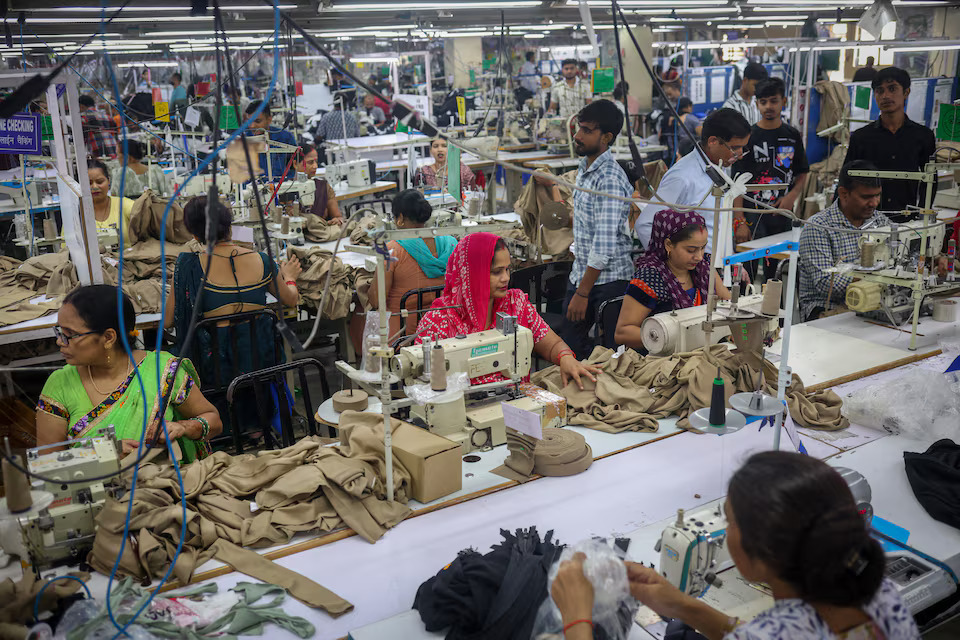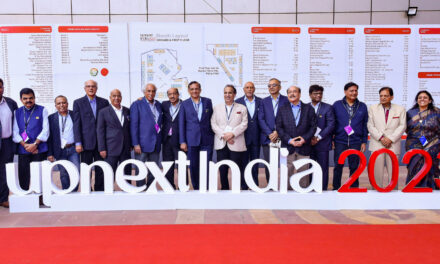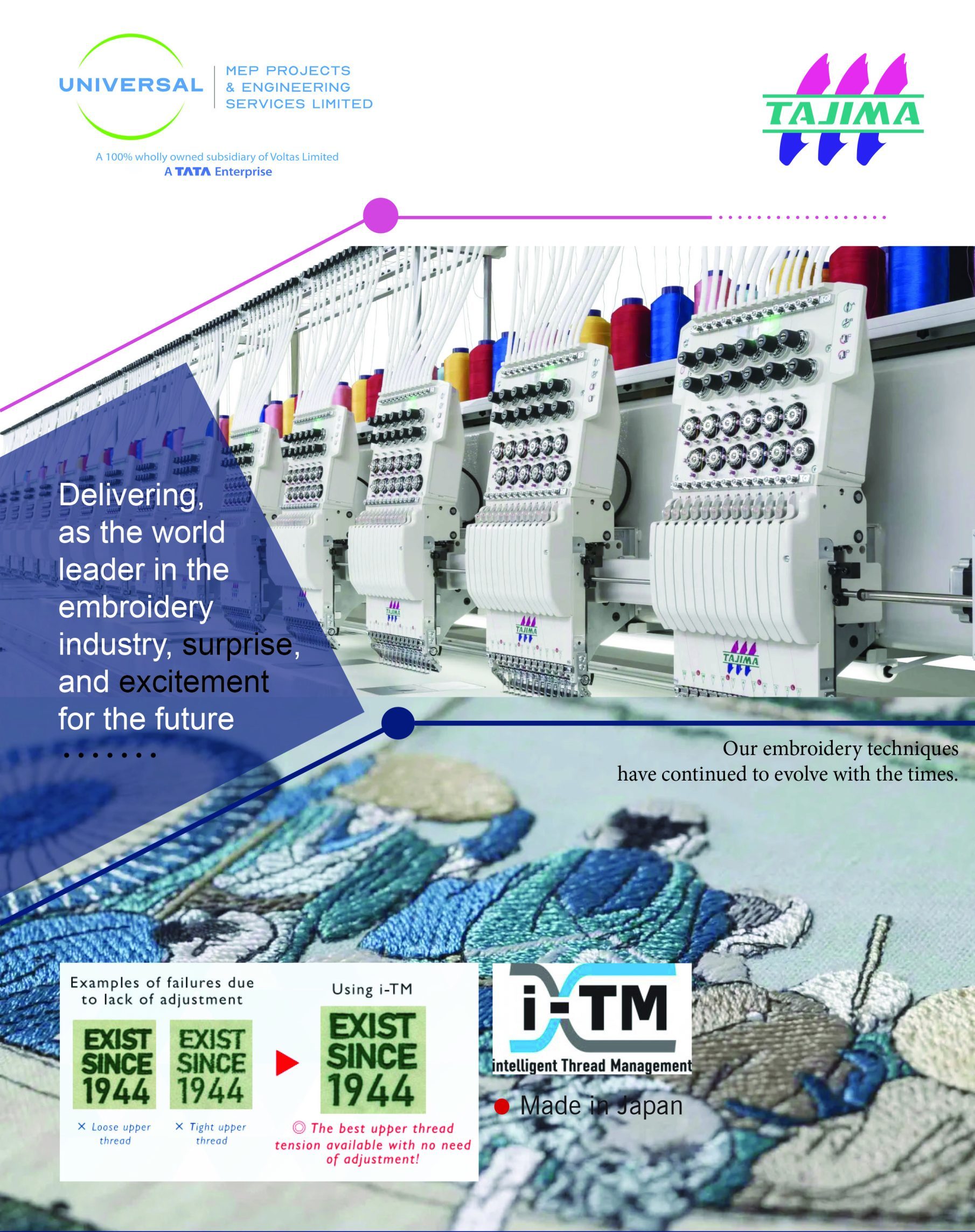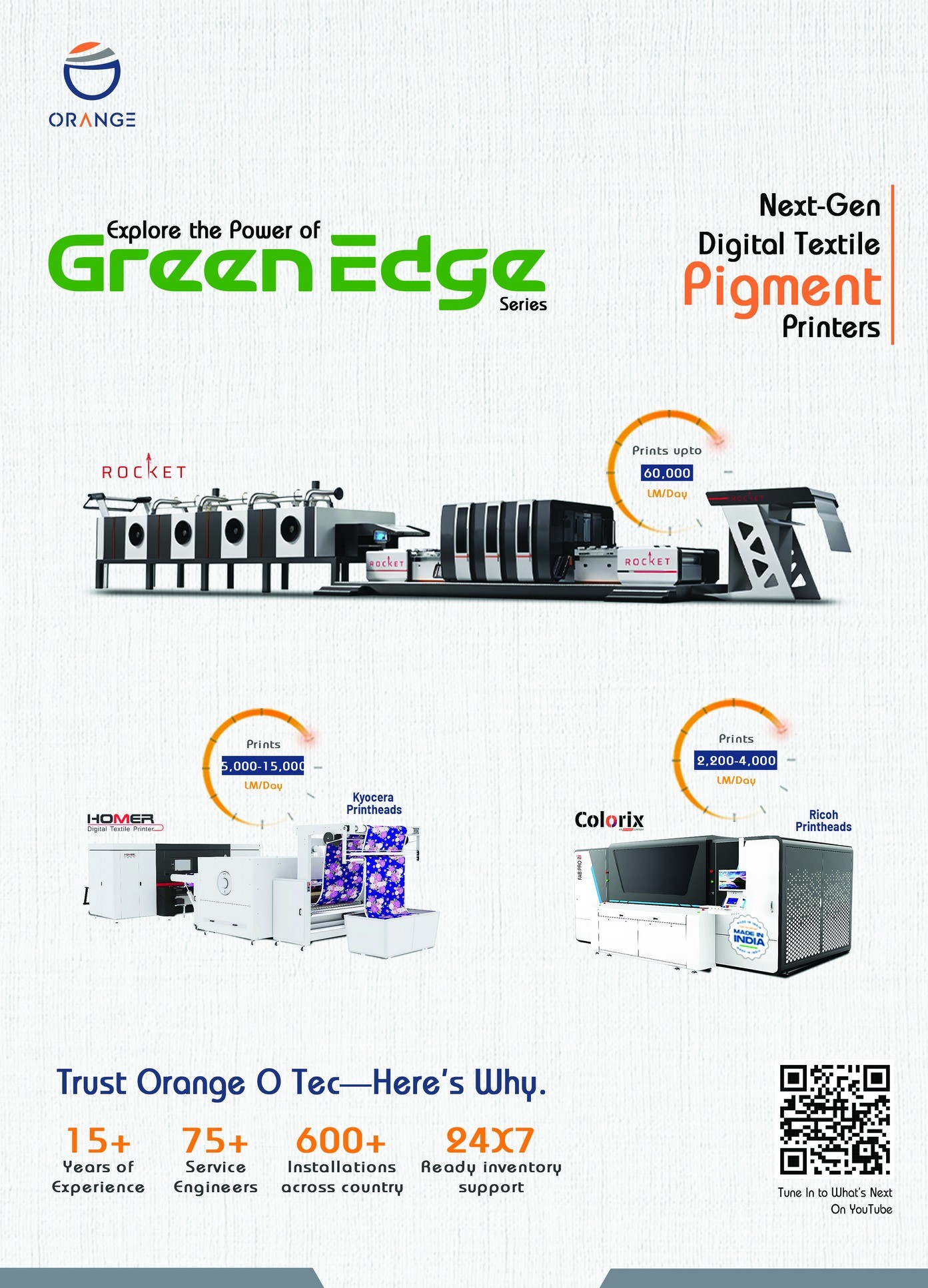 The garments and textiles industry, reeling under the effect of US import tariffs, has asked the government for a slew of measures, including tax concessions for new units, depreciation allowance, interest subvention and rationalisation of key schemes in recent pre-budget consultations.
The garments and textiles industry, reeling under the effect of US import tariffs, has asked the government for a slew of measures, including tax concessions for new units, depreciation allowance, interest subvention and rationalisation of key schemes in recent pre-budget consultations.
“Representatives of the textiles and garments industry, including exporters, met the Textiles Secretary recently to give submissions on expectations from budget 2026-27. With the US tariffs giving a sharp blow to the Indian industry, the government was urged to provide both tax and non-tax relief in budget 2026-27 as well as during the ongoing fiscal,” according to a report.
The textile and garments sector is crucial for India as the sector provides employment to over 45 million people and its current size, at $174 billion, is projected to reach $350 billion by 2030, per government estimates.
US additional tariffs of 50 per cent imposed on the sector in August has, however, hit manufacturers hard as tariffs on competing countries such as Vietnam and Bangladesh is much lower at 19-20 per cent. Exports of textiles, garments, and made-ups fell 37 per cent, from $944 million in May 2025 to $597 million in September 2025, per numbers put together by research body GTRI.
“Garments alone declined 44 percent, home textiles 16 percent, and yarn and fabrics 41 percent. Within garments, knitted apparel was down 39 percent, woven apparel 50 percent, and girls’ suits 66 percent,” the report noted.
In its representation, the industry made a strong pitch for resumption of the interest equalisation scheme, on pre- and post-shipment rupee export credit, which expired after December 31 2024, has now expired.
“The reintroduction of this scheme is essential for supporting the MSME segment of the apparel export industry. The apparel sector, being labour-intensive and largely composed of micro and small enterprises, relies heavily on government support to compete with cost-efficient countries such as Bangladesh.
Additionally, the industry is facing ongoing global recessionary pressures and stiff competition from nations enjoying lower input costs and preferential market access,” according to the Apparel Export Promotion Council (AEPC).
The US is India’s largest export market for the sector, accounting for 28.97 per cent of textile and apparel exports of $ 37.7 billion in 2024-25.
The industry also recommended that the concessional tax rate of 15 per cent (under Section 115BAB of the Income Tax Act) be introduced again to support the sustained growth of new manufacturing companies within the Indian apparel industry and enhance their competitive edge in the international market.
To strengthen the liquidity position and global competitiveness of Indian exporters, exporters proposed that an accelerated depreciation allowance of 100 per cent over two years be extended to export-oriented enterprises on eligible capital assets for tax computation purposes.
“As it only advances the timing of the depreciation claims, this measure will not result in any revenue loss to the government while giving exporters a short-term liquidity advantage. It will enable them to reinvest in modernisation, technology upgradation, energy efficiency, and capacity expansion,” the source said.
The industry also submitted that duty-free import of trims and accessories under IGCR (import of goods at concessional rates of duty) Rules should not restricted to the ultimate exporter and to physical exports, excluding intermediate suppliers and deemed exports.
“IGCR benefits should be extended to intermediate suppliers and deemed exporters. It is requested that minimum wastage of 10 per cent be allowed under the IGCR Rules for import of trimmings and accessories by issuing an appropriate notification. It is requested that IGCR facility should also be allowed for the imports done under courier mode,” the AEPC noted.
















